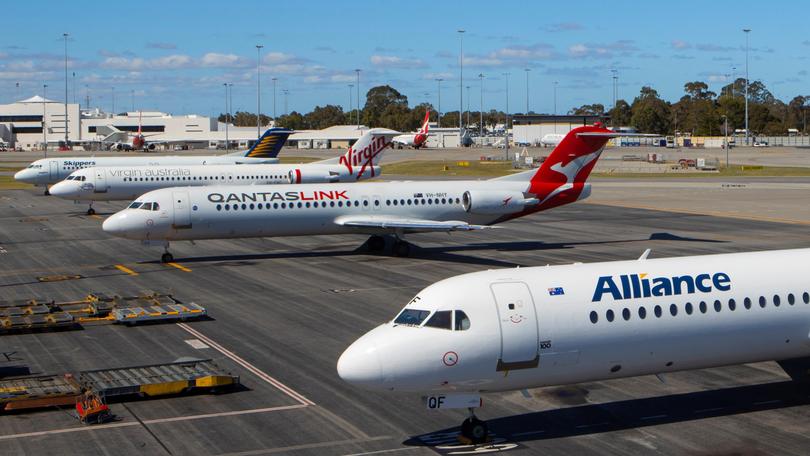Why Airbus A320 beats Boeing 737 for future FiFo flights
27 February, 2024
4 min read
By joining our newsletter, you agree to our Privacy Policy


While it's bold to claim any aircraft can do everything, the Airbus A320 stands out for its performance capability in supporting the mining industry. It's quite simply unmatched when it comes to navigating short runways at high-altitude mine sites with thin air and extreme temperatures.
Before we continue, it is important to understand aircraft uplift performance as ultimately this is what it's all about.
Uplift performance is the maximum weight lifting capacity of the aircraft. A calculation is carried out by pilots for each flight and considers airfield elevation, temperature, runway length available and fuel load required. These factors reduce the lifting performance of the aircraft’s wing and the power available from its engines. The end calculation advises the crew on how many passengers can be uplifted/carried.
In 2008, Skywest Airlines (now Virgin Australia Regional (VARA)) embarked on a study to identify the most suitable jet airliner to meet the expanding uplift needs of the growing resource sector. The needs of the industry had and still are to a significant extent being serviced by the legendary F100 with 100 seats built by Fokker in the Netherlands.
The F100 entered service in 1988 and production ended in 1997. The F100 fleet is now approaching 40 years in service and mining companies are keen to secure the operational and cost benefits of a more modern solution moving a greater number of people on a smaller number of flights the A320 with its 180 seat capacity came into focus as an aircraft of great interest to meet future needs.

Following a decision by Skywest Airlines (now VARA) to run with the A320 as the aircraft for its future, 6 aircraft were introduced over a number of years. Concurrent with this, Qantas owned Network Aviation adopted a similar model and introduced a staggering 16 A320s in the period 2013 to 2024 with a further 8 aircraft from the Airbus family scheduled to enter service in 2024/25.
What about the Boeing 737?
While Boeing 737 variants compare favourably with the A320 in normal airline operations involving mainstream runways and typically more moderate temperatures, the A320 demonstrated its ability to conservatively uplift 20 passengers more than its Boeing equivalents when operating from limiting airfields at temperatures around 45C and above. Such temperatures are not rare in the Pilbara region of Western Australia where the bulk of large-scale mining is conducted.
The magic of the A320 is a product of its wing design with its performance advantages coming into their own in extreme operational circumstances such as those in mining regions.

The capability of the A320 leads to reduced passenger offloads from remote mine site locations.
What does reduced passenger offloads mean and why is it important?
If a mining company plans to carry 180 passengers from a limiting airfield (hot with high elevation and a short runway), the A320 would be able to lift all 180 passengers even in extreme conditions. The Boeing in the same scenario would only be able to lift around 160. Twenty FIFO (Fly In, Fly out) workers are then offloaded and this creates huge problems. The biggest problem for workers in this situation is that inbound passengers will have taken the accommodation so the offloaded workers may be stuck for somewhere to stay. Families are expecting loved ones to come home, but suddenly they are stuck at the mine most likely for another night. Then there is the cost of this disruption to the business itself.
Reliability at large scale is essential for mining
The industry will of course continue its traditional quest to identify the next best aircraft type to meet the future needs of the resource sector, but the outstanding performance delivered by these two European standouts will be a hard act to follow for many years to come.
Get the latest news and updates straight to your inbox
No spam, no hassle, no fuss, just airline news direct to you.
By joining our newsletter, you agree to our Privacy Policy
Find us on social media
Comments
No comments yet, be the first to write one.

